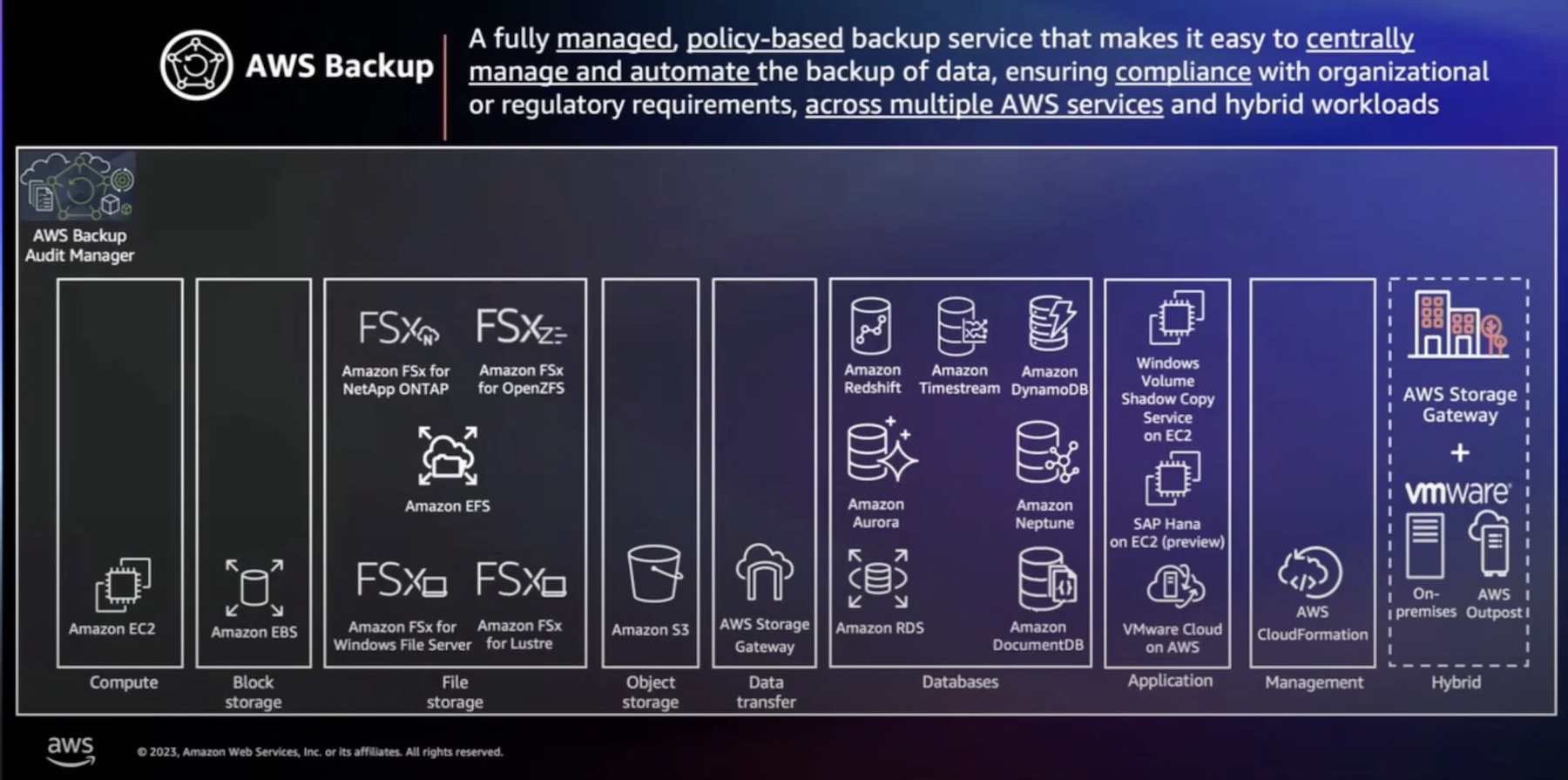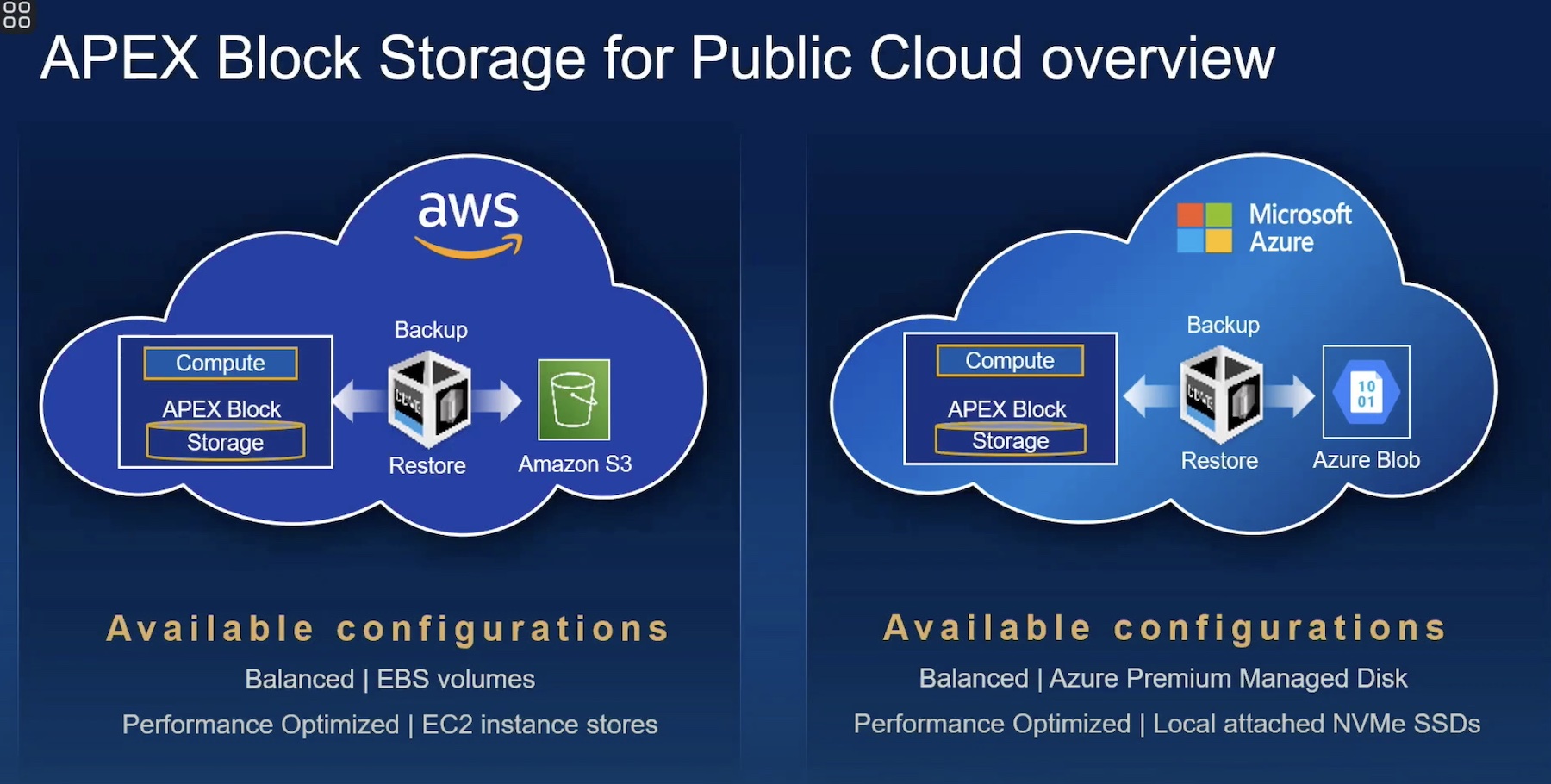The silver lining is that we are rapidly advancing that 100% mark. Even though we are not quite there yet, today, most top vendors are able to offer a 99.999% availability most of the time. When it falls below that? Then we have a problem. Vendors offer service credits as compensation to make up for those incidents but in truth, service credits are not nearly enough to cover for the cascade of problems that ensue from even the shortest downtimes.

Maintenance and upgrades are another thing that affect the SLAs and SLOs thereby making uptime and availability guarantees fuzzy. So how do organizations in cloud cut their losses? Chris Evans, a Field Day delegate offers his take on this in his blogpost AWS, Cloud and Service Level Agreement where he shines light on the fine prints of agreements and guarantees of cloud to help you better understand cloud providers’ policies of uptime and availability. He writes:
When we look at the uptime guarantees from traditional on-premises vendors, the availability figures quoted typically run into five-9s or greater. However, these numbers are statistical calculations across the entire user base of an installed product. So, for example, a storage array with 99.999% availability should experience less than 30 seconds of downtime per month, on average. This doesn’t mean that every system will work this way. Many customers will experience no downtime, while others may see downtime figures greater than the 30-second expectation. In reality, downtime is likely to be in minutes or hours, so figures like 30 seconds downtime per month will have little meaning other than in average calculations.
Read the rest of his blog AWS, Cloud and Service Level Agreement at Architecting IT.




